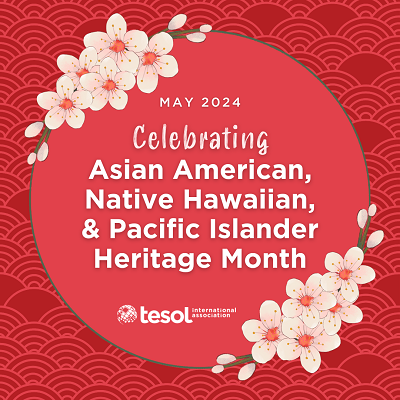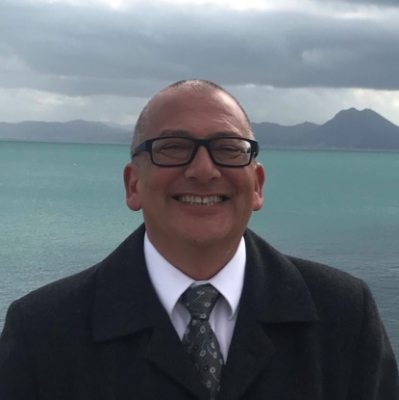“Chamorro” or “CHamoru”? Celebrating (and Spelling) Pacific Americans and Their Heritage
 Happy Asian/Pacific American Heritage Month from the University of North Carolina at Charlotte!
Happy Asian/Pacific American Heritage Month from the University of North Carolina at Charlotte!
It’s May, and for this month’s post, I’d like to write about a visit to the Smithsonian’s National Portrait Gallery in Washington, DC, and the politics and emotions of spelling.
This past February, my 91-year old dad and I went to visit the Smithsonian Museums in Washington, DC. It’s something we’ve been doing together since I was very young, like the time we went to see El Greco of Toledo at the National Gallery of Art.
There was a new exhibit in town, “1898: U.S. Imperial Visions and Revisions,” at the National Portrait Gallery. The museum is about five blocks north of the National Mall — just around the corner from the Gallery Place/Chinatown Metro Station and across the street from the Capitol One Area where the Washington Wizards (National Basketball League) and the Washington Capitals (National Hockey League) play their respective seasons.
The National Portrait Gallery website described the exhibit as “the first major Smithsonian museum exhibition to examine the War of 1898 (often called the Spanish-American War), the Congressional Joint Resolution to annex Hawai‘i (July 1898), the Philippine-American War (1899–1913) and the legacy of this controversial chapter in history.”
I was definitely interested because my father, as I’ve explained in previous posts, is a native Pacific Islander. He’s a Chamorro from the island of Guam.
The exhibit catalogue explained:
In 1898, after three hundred years of colonization by the Spanish, the island of Guam became a U.S. territory and has remained one ever since. Part of the Mariana Islands archipelago in Micronesia, Guam is located on the seven-thousand-mile ocean route between San Francisco, California, and Manila, in the Philippines. Guam’s natural harbor made it a critical coaling station for steam powered vessels in 1898.
All this was familiar to me. But what I read next, at least for me, was a surprise:
Today, the United States maintains military installations in Guam, making approximately one-third of the island inaccessible to its CHamoru (the Indigenous people of the Mariana Islands) and Guamanian populations.
“CHamoru?”
The catalogue writers spelled “Chamorro” as “CHamoru.” I knew it couldn’t be a typo — it was the Smithsonian, after all. So I looked into it and here’s what I found:
The CHamoru Heritage Commission Act of 2016 was signed into law on 9 January 2017. Chapter 88 of the Guam Code Annotated making “CHamoru” the official spelling of the word.
That said, “Chamorro” vs “CHamoru” hasn’t been without controversy. When things fall at the intersection of language, culture, and identity, they tend to generate strong emotions. Literacy is like that — even spelling.
It's like “Hawaii” vs “Hawai‘i” or “Turkey” vs “Türkiye” or “Kiev” vs “Kyiv.”
Mark Sebba argues in Spelling and Society: The Culture and Politics of Orthography Around the World that more than a neutral script, spelling can also be a signifier of social identity, national identity, cultural politics, representation, and voice.
Or as the Chicana feminist writer, Gloria Anzaldúa, famously put it in How to Tame a Wild Tongue, “If you want to really hurt me, talk badly about my language. Until I can take pride in my language, I cannot take pride in myself.”
This Asian/Pacific American Month, let’s all take a moment to recognize the complexity of writing spoken languages on paper, the politics and emotions of codifying them for future generations, and the simple pride that seeing “CHamoru” written in bold letters on a Smithsonian exhibit catalogue or a museum placard generates for those of us who identify as such.
To learn more about the important work of the CHamoru Heritage Commission, visit the Commission on CHamoru Language and the Teaching of the History and Culture of the Indigenous People of Guam.

